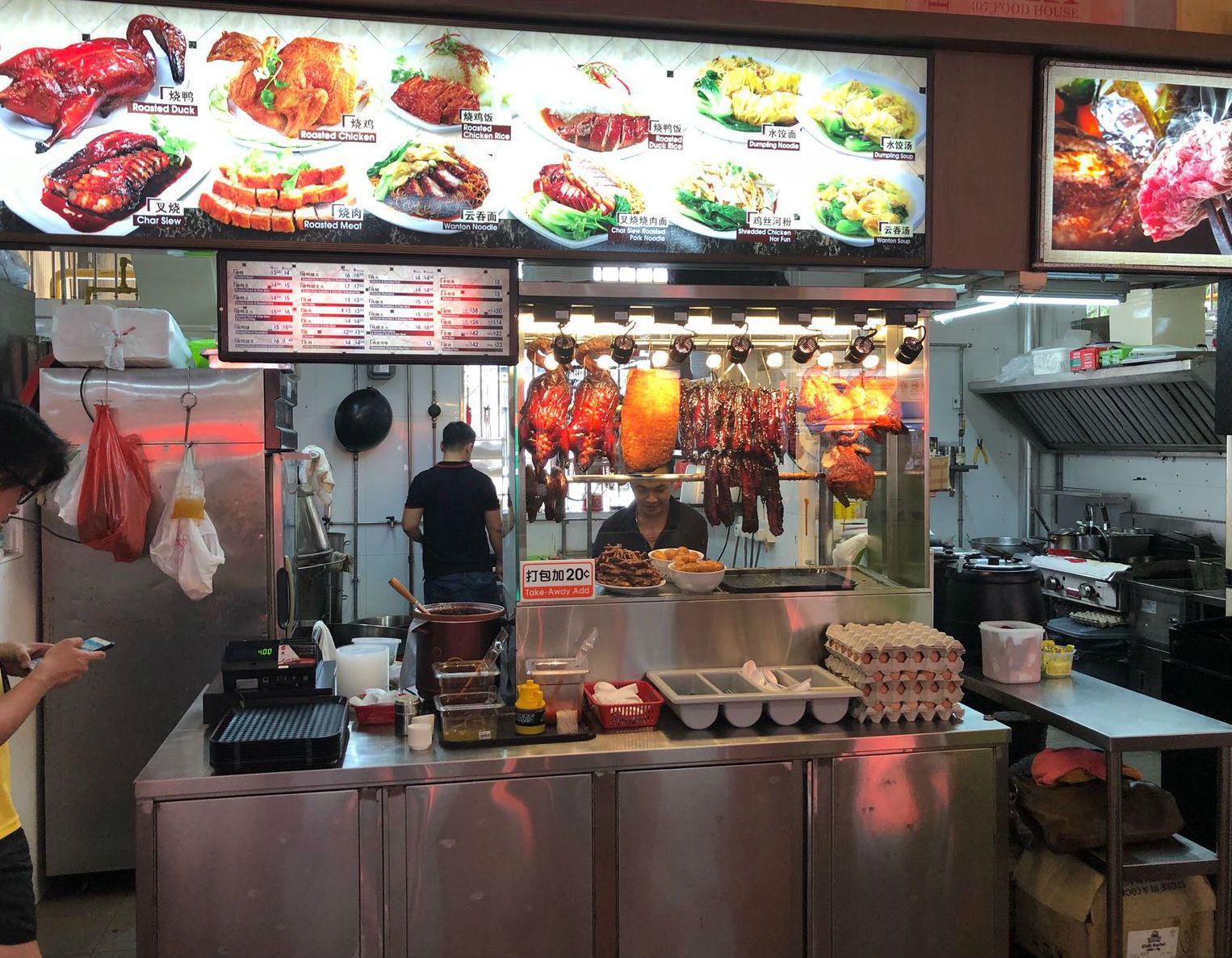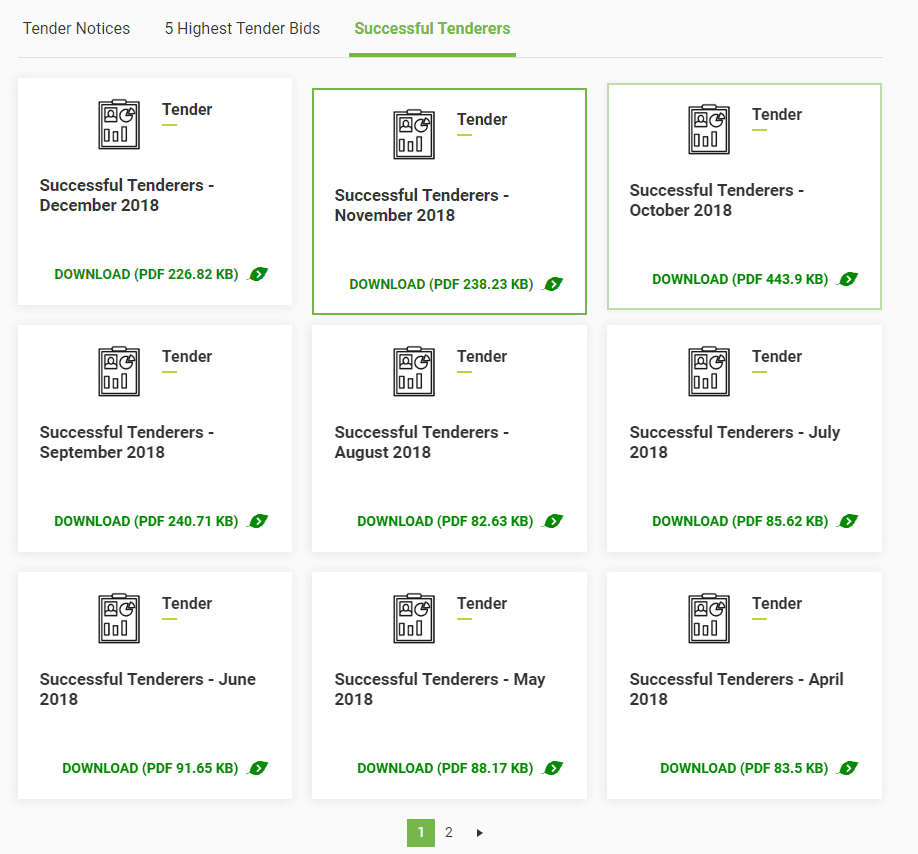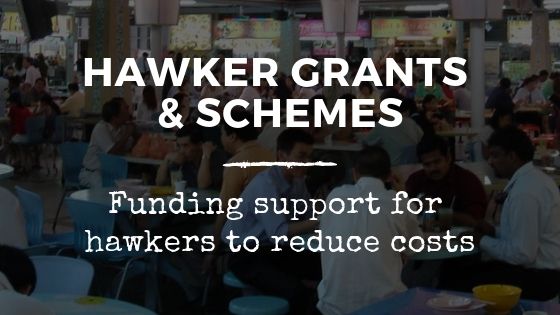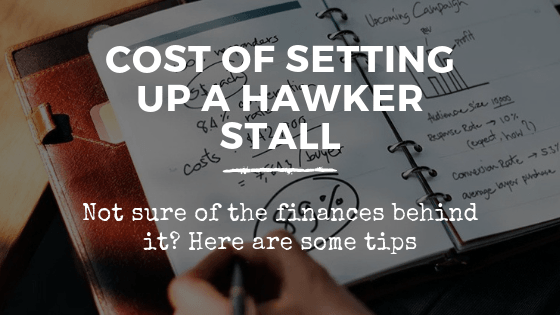How To Set Up A Hawker Stall In Singapore

Despite Singapore’s small land mass and limited agricultural output, the local food industry is thriving. In addition, Singapore’s signature foods such as rendang, chicken rice, and chili crabs are famous worldwide too.
Recently, Singapore’s hawker culture is even being nominated to be added to UNESCO’s Representative List of the Intangible Cultural Heritage of Humanity.
Fancy whipping up a good dish or two & selling it? Well, here is a list of what to do before diving into the promising F&B sector in Singapore.
1. Are You Eligible?
To apply for a hawker stall, you must be:
- A Singapore citizen or a Permanent Resident
- At least 21 years of age
2. Bid For A Stall
You can also check out this step by step guide provided by NEA on how to fill in the application.
Things to note when deciding on your bid (Tender Deposit)

Source: List of successful tenderers, NEA
The bid also depends on the article of sale.

Source: List of successful tenderers July, NEA
For instance, there is a huge difference between poultry ($51) and cooked food ($2280). You can find out more in NEA’s website on the past successful tenderers to help you in your planning.

3. Wait For Bidding Results
If your bid is successful, you will receive a Letter of Offer from NEA three to four weeks after the tender’s closing date to inform you of your scheduled appointment date to sign the Tenancy Agreement.
During the signing of the Tenancy Agreement, you will need to pay for the following:
Once signed, new tenants are given up to three months to commence operations.
However, if your bid is unsuccessful, NEA will return your tender’s deposit three to four weeks after the closing of the tender.
4. Complete The Basic Hygiene Course (BFHC)
All cooked food stall tenants and their food handlers are required to complete this course which consists of 6 hours of course work and 1.5 hours of assessment under the Workforce Skills Qualification (WSQ).
A list of WSQ course training providers can be found here.
Upon completion, you must then register all your food handlers with NEA here.
5. Apply For A Hawker Licence
After the completion of BFHC and registration of all your food handlers, you are now eligible to apply for a Hawker Licence.
For Government-Owned Hawker Stalls
Submit the following documents at the NEA Service Centre:
- Your original NRIC, and a copy of it
- A copy of the tenancy agreement of the stall
- Basic Food Hygiene Course certificate (for cooked food stalls)
- Cash or cheque payment for licence fee ($13 per year for up to 3 years)
If you are operating a food stall within a privately-owned food shop (e.g. food courts, canteens), you should be applying for a food stall licence. You can refer to LicenceOne website and search under “food stall licence” for more information.
6. Begin your Hawker Journey
Once you have successfully secured your stall, completed the BFHC course, registered all your food handlers and received your hawker licence, you are finally ready to start selling your dishes. That being said, working a hawker is also not easy.
Unlike having a better work-life balance and working in a comfortable environment, you might have to slave over a hot stove for 13 hours a day compared to a cushy nine-to-five job in a cooler workplace.
However, it is only those who have a passion that has really become successful in this industry. You have to work as hard you can.




